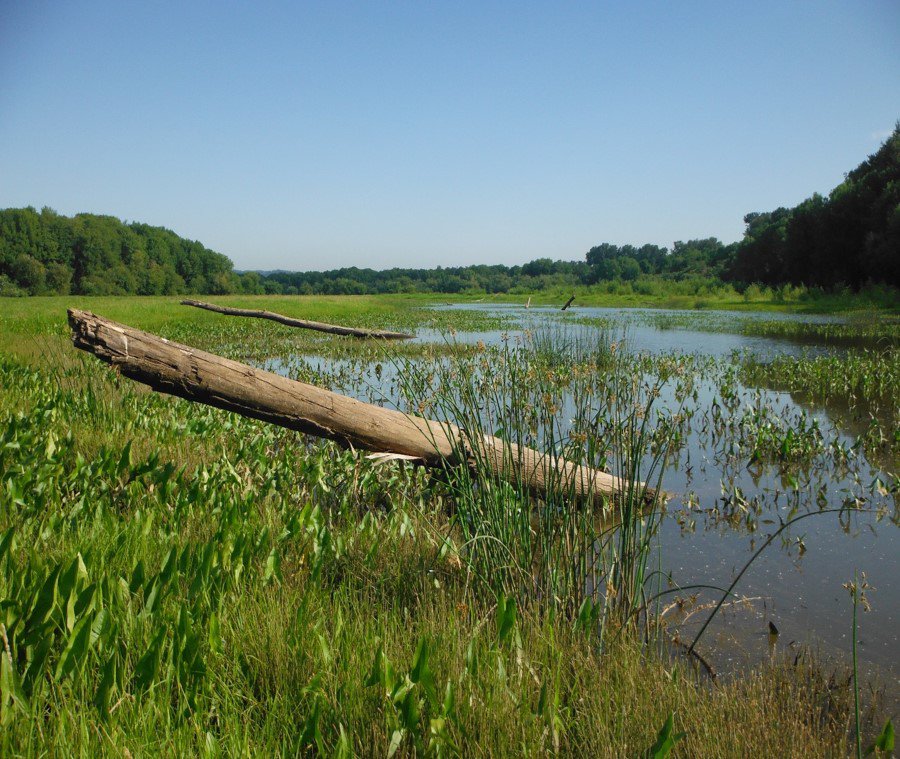Columbia River Estuary Projects Are Improving Habitat For Migrating Juvenile Salmon and Steelhead
- March 20, 2020
- John Harrison

Federal and state agencies and conservation groups are working in the Columbia River estuary to improve resting and rearing habitat for juvenile salmon and steelhead as they migrate downstream to the ocean every spring and summer.
This month, representatives of the Bonneville Power Administration and the U.S. Army Corps of Engineers discussed with the Council progress to date, which includes opening access from the mainstem river to adjacent floodplains that once were accessible to juvenile fish migrating to the ocean but were rendered inaccessible by dikes and water control structures as the land was reclaimed for agriculture. More than 14,000 acres of floodplain have been opened, including 500 acres in 2019 alone.
Opening access to the river and engineering new habitat by digging channels and planting vegetation is only part of the work. Monitoring the results is equally important.
“The intensive monitoring takes a lot of preparation hours in the field, and equipment, and it’s not something we can do everywhere, but it does yield a lot of meaningful insight into the program and how fish are preparing to enter the ocean,” said Michael Turaski, a biologist for the U.S. Army Corps of Engineers.
Turaski said it is evident from monitoring the completed projects that fish from the interior Columbia basin use the restored floodplains for resting and feeding, and that the floodplains have become a source of prey fish for larger species in the river. Alternative prey can reduce predation losses of juvenile salmon and steelhead. This is something state and federal fisheries biologists have been hoping to better understand, so that the role of the estuary is better understood as part of the overall effort to mitigate the impacts of hydropower dams in the Columbia basin.
The projects are organized under the Columbia Estuary Ecosystem Restoration Program, which is a Joint effort of the Bonneville Power Administration and the U.S. Army Corps of Engineers, in cooperation with NOAA Fisheries. The goal of the program is to understand, conserve, and restore ecosystems in the estuary. Projects in the program aim to increase the opportunity for access by aquatic organisms to shallow floodplain habitats, where juvenile fish rest and feed on their way to the ocean, increase the capacity and quality the of estuary and floodplain ecosystem, and improve the ability of the ecosystem to promote growth and fitness of juvenile salmon and steelhead.
Jason Karnezis, who represents the Bonneville Power Administration in the estuary projects, said the projects are addressing several common problems, particularly undersized culverts and tidal flood gates that protected agricultural lands from flooding but also blocked fish passage. Controlling invasive plant species also has been a focus. In one project, more than two feet of soil was removed to make the area level with the river and allow it to flood, discouraging the continued growth of invasive reed canary grass and allowing native Wapato to re-establish. Coordination among a broad variety of government agencies, from state fish and wildlife agencies, to tribes, to ports, as well as private land owners, also has been a key factor in the success of the work.
He said the collaborators hope to improve an average of 300 acres per year in the future.



